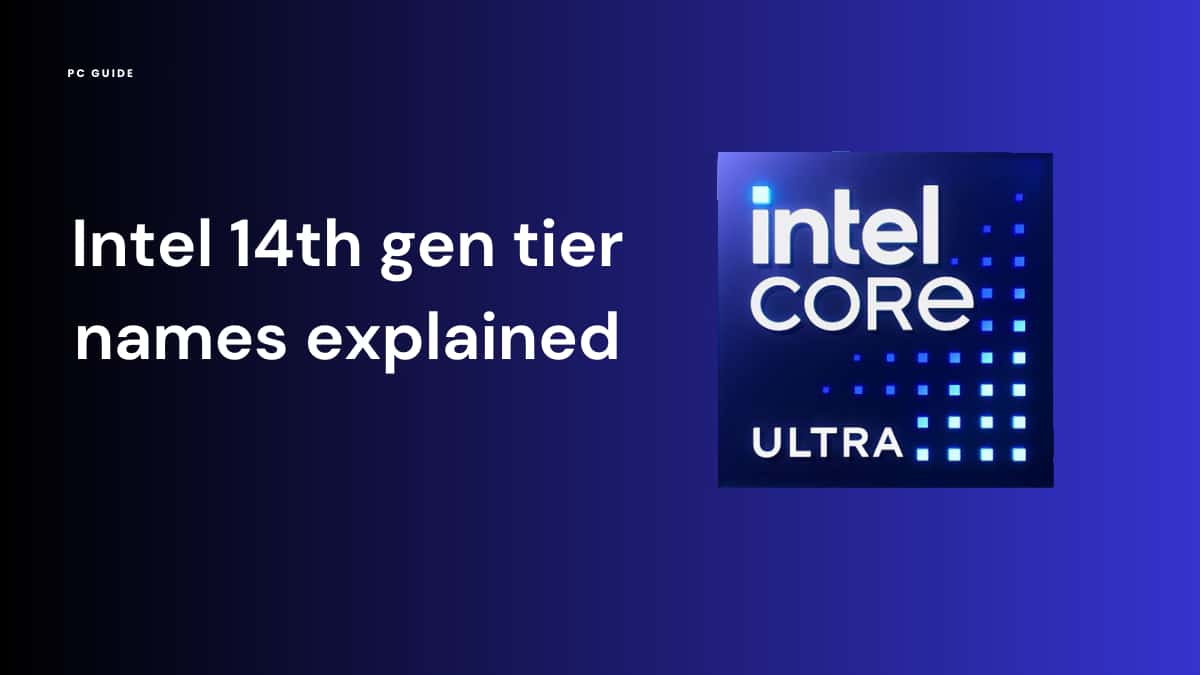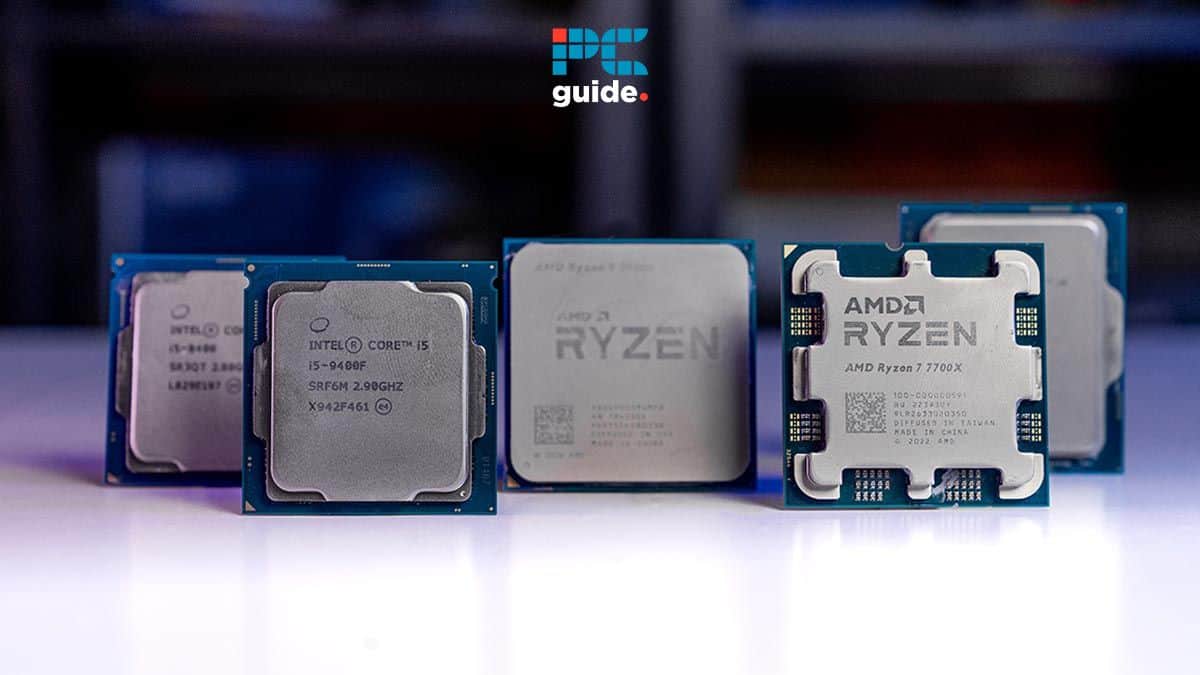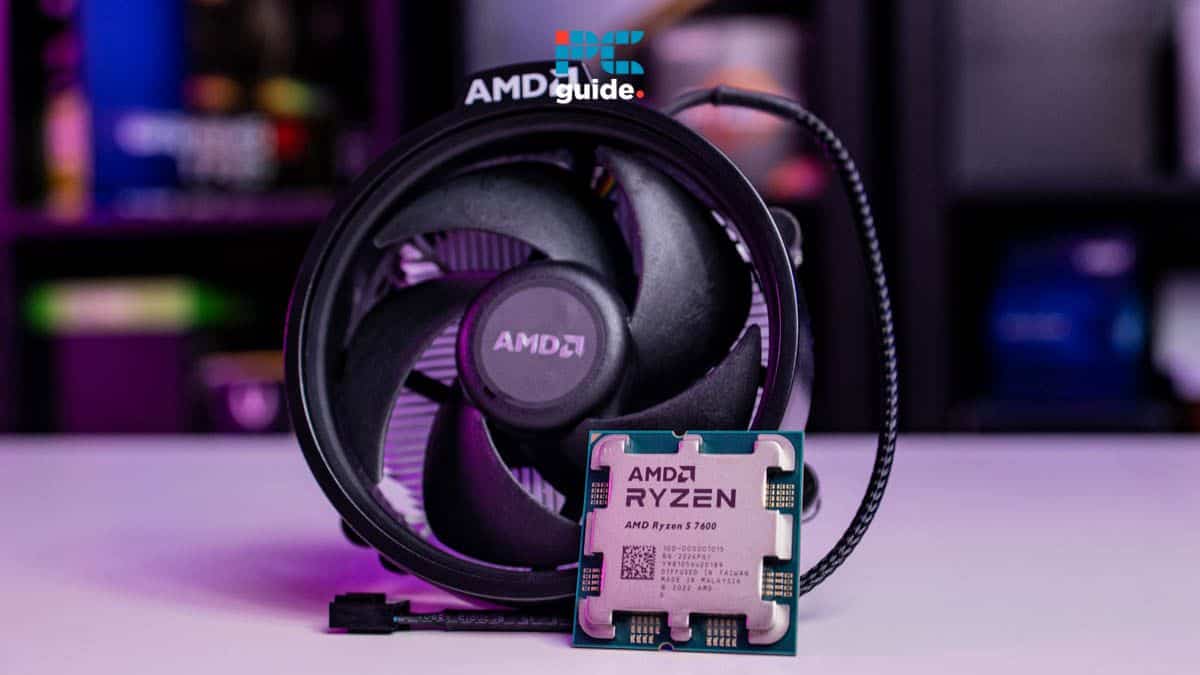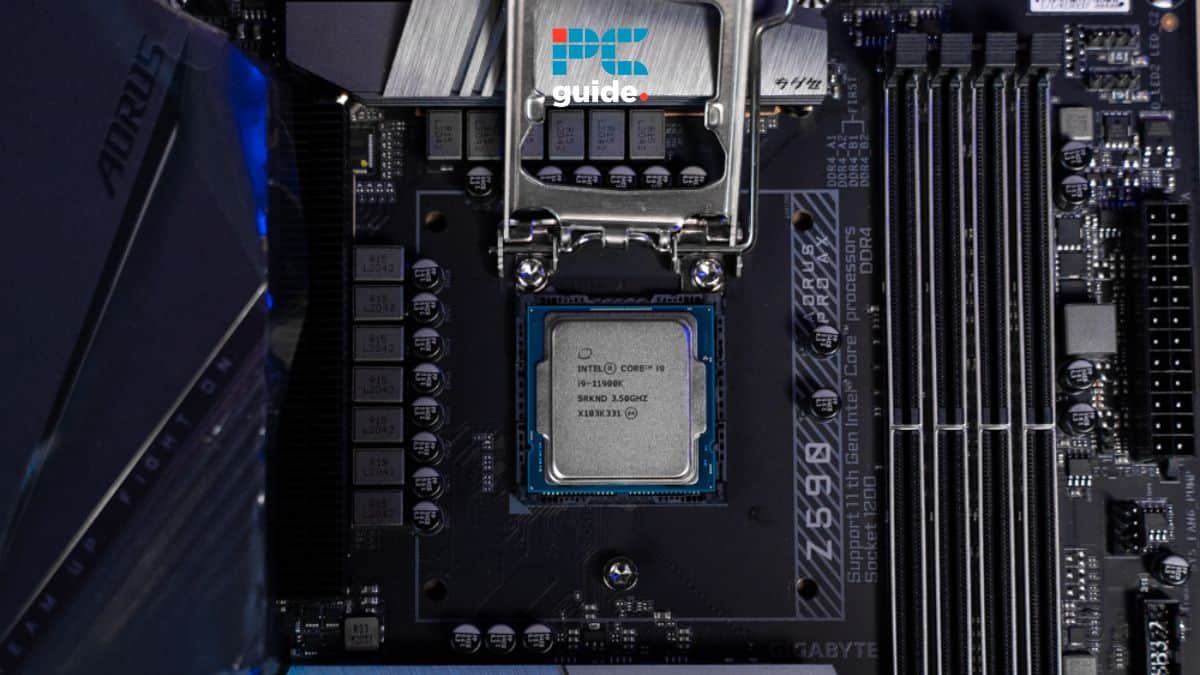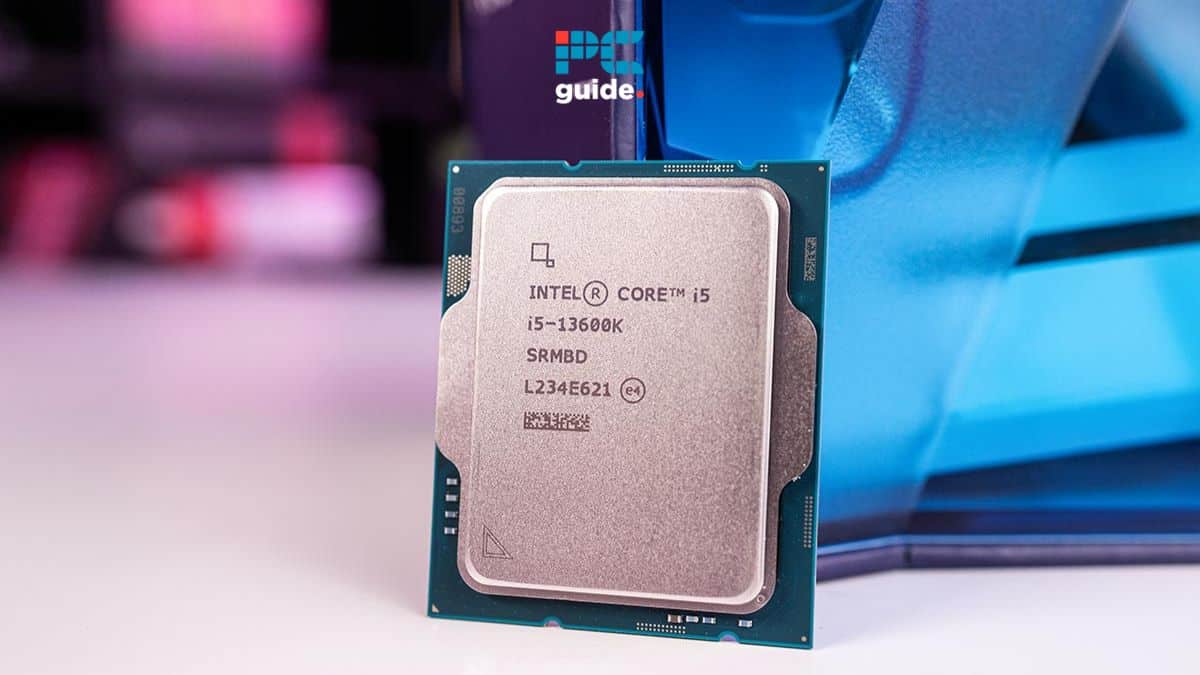Intel, a pioneer in the semiconductor industry, is well known for its intricate and often cryptic processor naming schemes. As we look towards the release of Intel’s Meteor Lake processors, there’s a significant shift that’s stirring in the realm of its 14th gen tier names.
Known for its well-entrenched “i” designations—i3, i5, i7, and i9—Intel is poised to make a paradigm shift in its naming conventions with its forthcoming 14th Gen CPUs, codenamed ‘Meteor Lake.’ Intel officially announced the change in nomenclature for its CPUs on June 15th.
The firm is letting go of the “i” from Intel CPUs after nearly 15 years in use, a decision aimed at simplifying their product lines and making 14th gen Meteor Lake processors (and beyond) more comprehensible for consumers.
- Core i3 becomes Core 3
- Core i5 becomes Core 5
- Core i7 becomes Core 7
- Core i9 becomes Core 9
Additionally, for high-performance “leadership” chip models:
- New tier Core Ultra 5
- New tier Core Ultra 7
- New tier Core Ultra 9
This new scheme begins with the upcoming 14th Gen desktop processors, also known as Meteor Lake. Please note that these changes represent a significant shift in Intel’s branding strategy, aiming to simplify the naming convention and distinguish between mainstream and high-end desktop CPUs more clearly.
14th gen tier names: Intel’s fresh perspective
Further distinguishing the Intel Core Ultra variants of the 14th Gen CPUs is the adoption of a deeper blue-colored badge, signifying the hybrid upgrade over the basic variant. This aesthetic distinction goes beyond mere branding; it signifies a profound shift in Intel’s architecture and offerings. It’s a clear sign that Intel is gearing up to make bold strides in the processor market, distinguishing its innovative new line from previous generations.
Intel’s shift away from using the generation number in front of the ‘Intel Core’ brand name, combined with the decision to drop the “i”, signals a reimagined perspective on the company’s part.
With the impending launch of the Meteor Lake CPUs, Intel is not just delivering another iteration of improved performance and efficiency. The company is introducing a whole new outlook for PC hardware, reflected in its revamped 14th gen tier names. It’s a fresh start, one that promises to make understanding Intel’s product lineup easier for consumers and underscores the technological leaps the company is making over the 13th generation.
FAQ
What is 14th gen Intel codename?
The codename for Intel’s 14th generation is “Meteor Lake”. Meteor Lake is expected to bring significant improvements in terms of performance and power efficiency, thanks to the anticipated use of a new processor architecture and potentially smaller transistor design. The new chips could also introduce a whole new LGA socket type in the form of the 1851 socket type.


